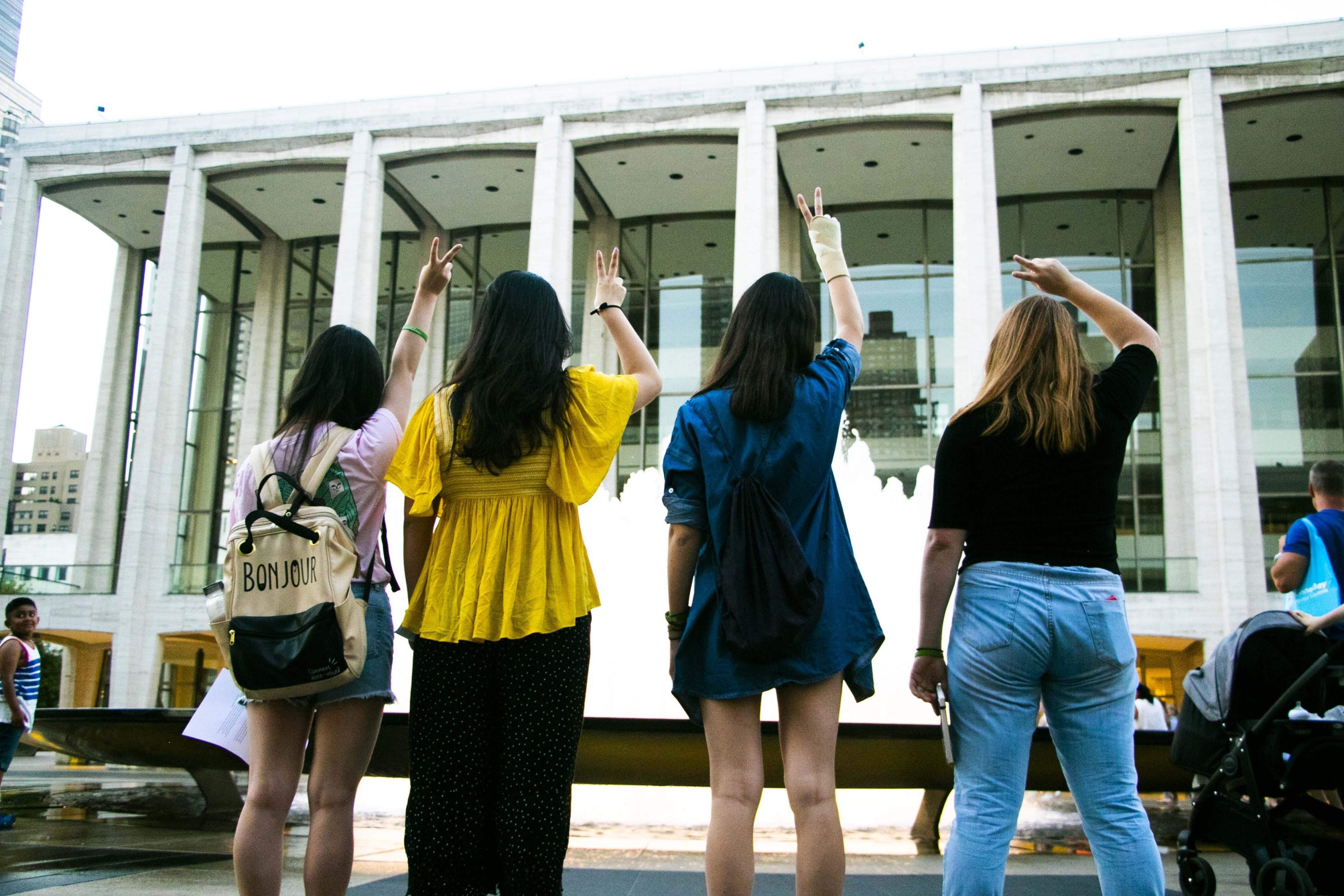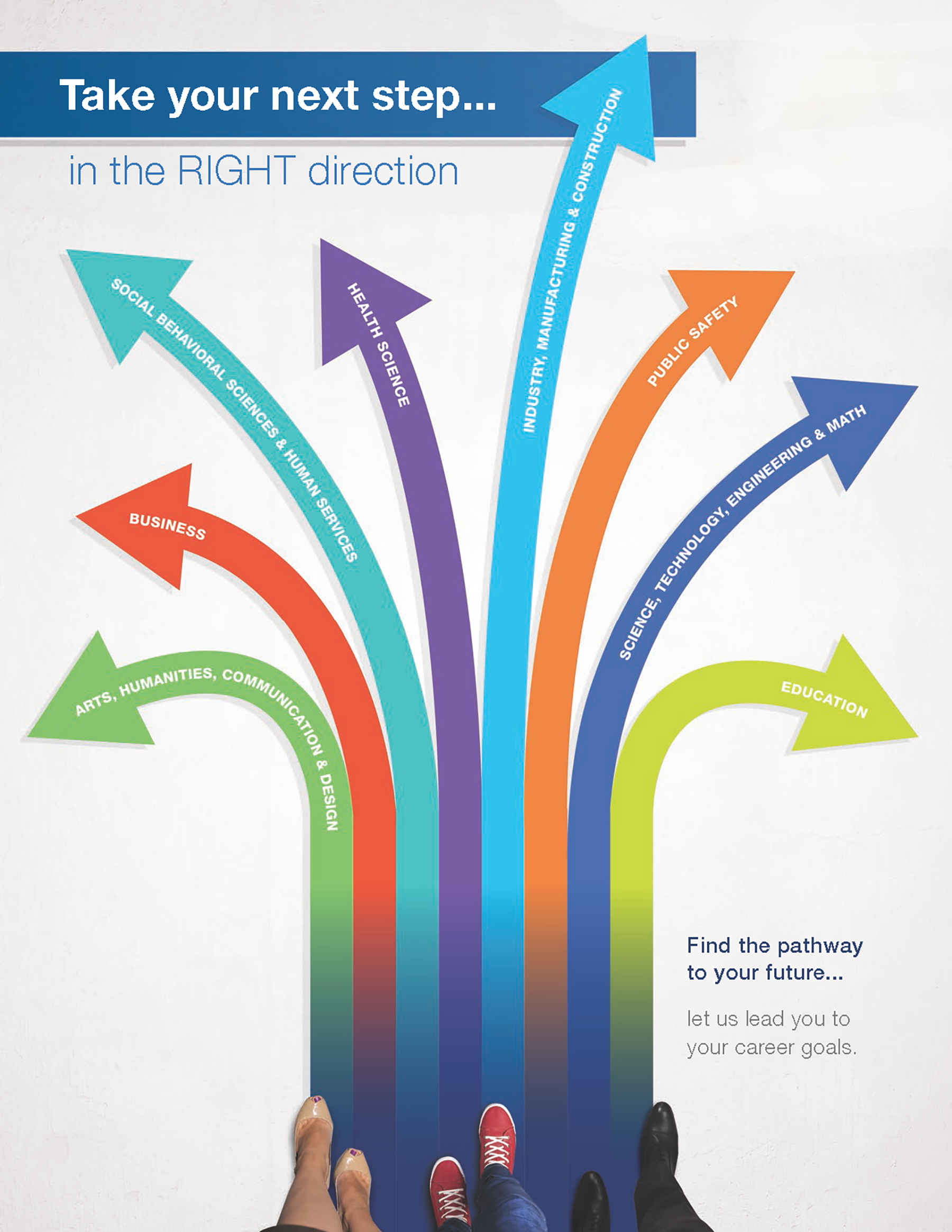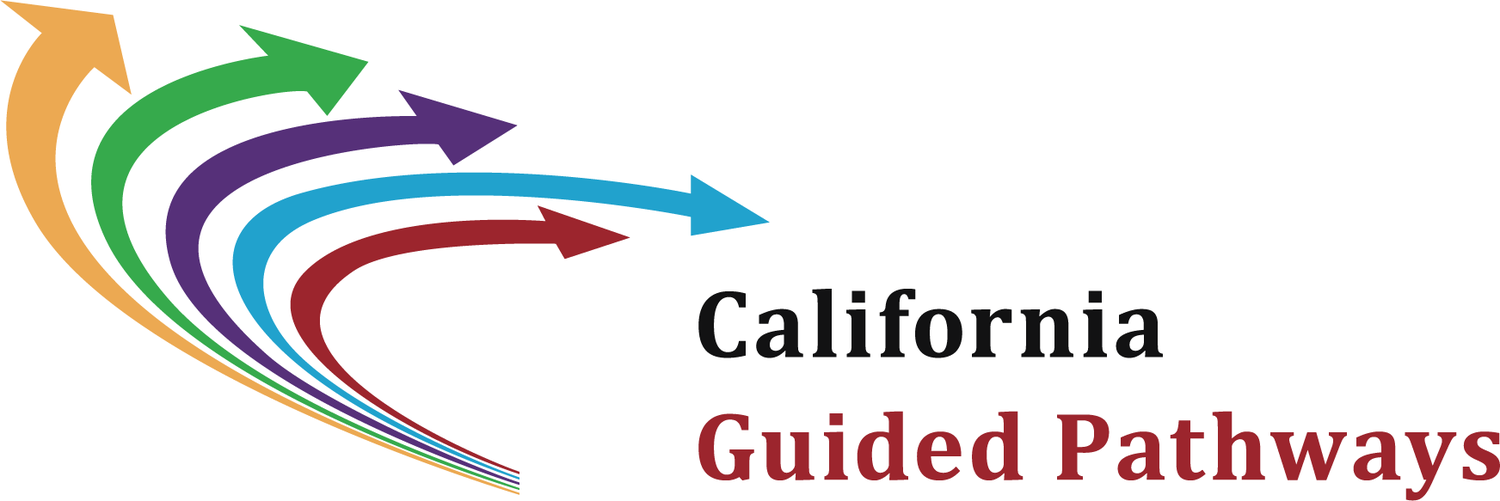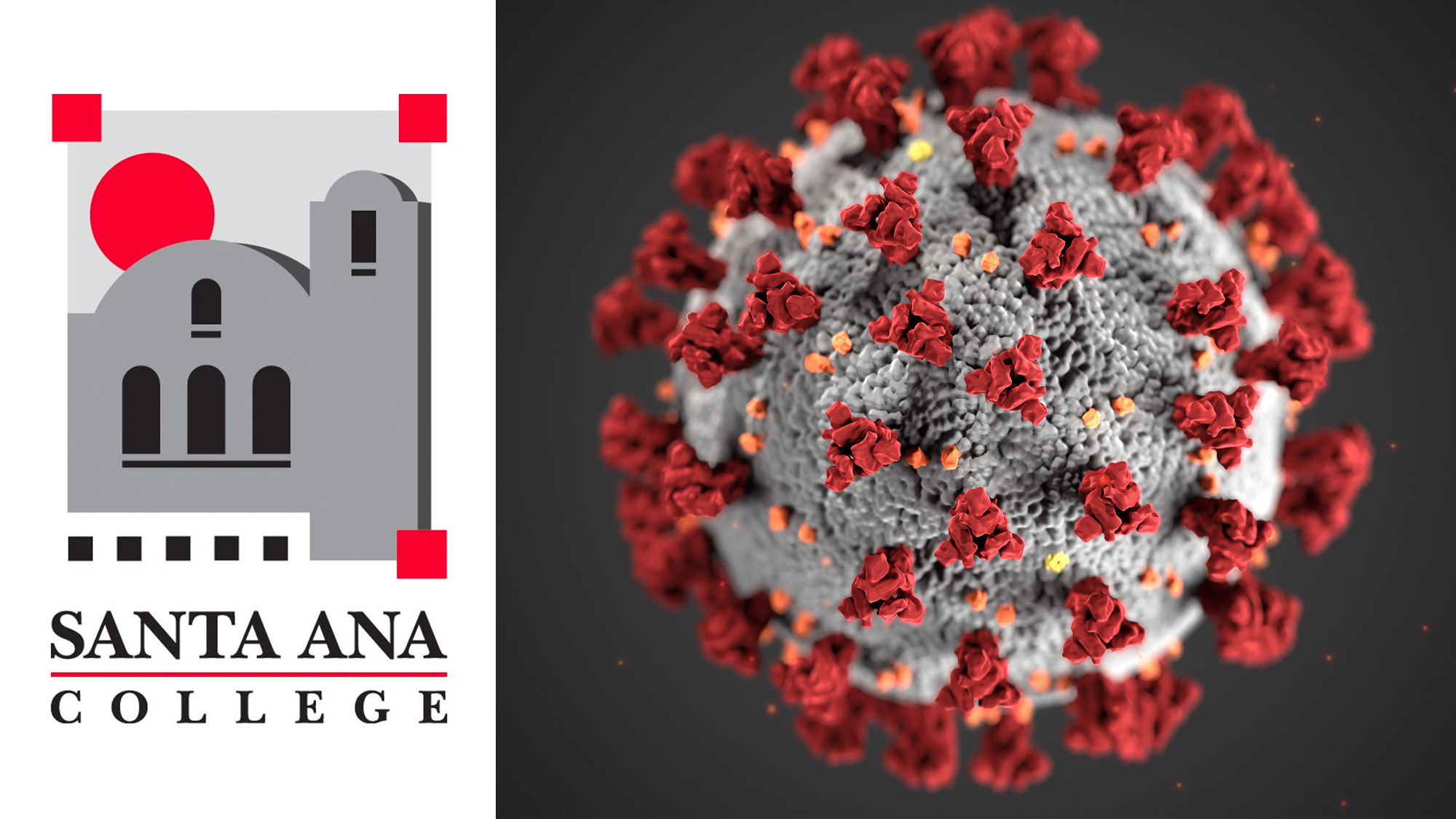Not all students enter college with a definitive major and career trajectory. With the implementation of Guided Pathways in fall 2019, freshmen are given detailed roadmaps designed to help them complete a predetermined two-year education.
This framework — intended to help students complete courses towards their interests, potential future career and majors faster — requires students to choose one of seven pathways: Business and Paralegal, Child Development, Teaching and Library Science, Computers, Math and Science, Automotive, Manufacturing and Engineering Technology, Design, Media, Art and Performance, Humanities, Social Sciences and Languages and Public Health and Safety Services.
Over the past year, there has been an ongoing discussion at Santa Ana College about the addition of an undecided pathway, but the school voted against it because some SAC administrators believe it contradicts the emphasis of Guided Pathways, according to Dr. Fernando Ortiz, SAC’s Dean of Academic Affairs.
“One of the goals of Guided Pathways is to capture students and be able to provide them services and advisement within their particular pathway,” said Ortiz. “If we have students that are undecided, they will essentially fall through the cracks because they won’t have that support that we’re going to be providing for students that are in a pathway.”
With the emphasis on helping students with a decided major achieve their goals in an efficient manner, students changing their majors risk spending more time in college. This issue is further complicated when students want to change their major to one that is not on the same pathway.
For example, a student changing their major from anthropology to sociology will not have a lot of additional courses because these majors are both on the Humanities, Social Sciences and Languages Pathway and entail similar required courses.
But if a student wanted to change their major from anthropology to accounting, it would delay the college’s two-year time frame because they would shift from the Humanities and Social Sciences Pathway to the Business and Paralegal Pathway.
Despite Guided Pathways being focused on freshmen, continuing students have the choice to select a pathway. The absorption of continuing students onto a pathway similarly clarifies courses necessary to achieve their goals, but in a more limited capacity because some courses have already been taken.
“Hopefully, with Guided Pathways, we’re going to be able to communicate very specifically the two, three, four or five classes that you need to take so that you can be focused and make sure that you take those and only those courses,” Ortiz said.
The complexities associated with Guided Pathways brings a new set of challenges this fall.
“By creating clear program maps for students, they are more likely to obtain a college credential that will substantially increase their earnings potential,” California Community Colleges Chancellor Eloy Ortiz Oakley said.
- Live from the living room: Musicians stream performances, unreleased content during COVID-19 pandemic - April 1, 2020
- #MUSEUMATHOME: COVID-19 Q&A with GRAMMY Museum President Michael Sticka - April 1, 2020
- IN PHOTOS: Huntington Beach closes pier, picnic areas after crowded weekend under “stay at home” order - March 23, 2020
















